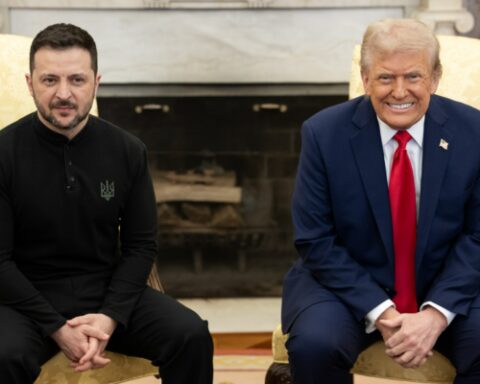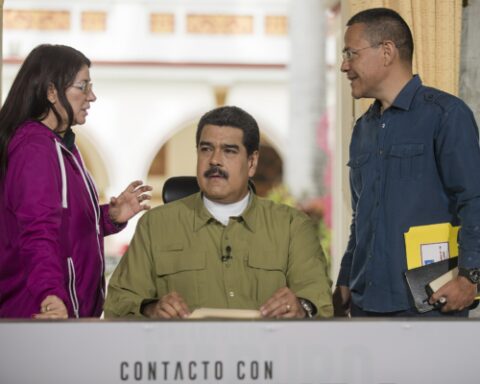Fresh economic data from China reportedly show the world’s second-largest economy losing steam, underscoring the pressure on Beijing to do more to bolster growth and consumer spending in the face of President Trump’s aggressive trade measures.
Figures released Friday revealed that annual growth in retail sales and industrial production slowed in July compared with June, signaling a more difficult second half of the year after a relatively solid start.
Economists say the slowdown is a direct consequence of U.S. tariffs, which have forced Beijing to reckon with an economic model heavily reliant on exports and debt-fueled property development.
China’s long-running housing slump remains a major drag, with falling property prices, shrinking construction, and a labor market struggling to absorb millions of new graduates.
Unemployment rose to 5.2% in July from 5.0% in June, according to the National Bureau of Statistics.
Yet China’s leadership has refrained from deploying significant stimulus. In July, top officials resisted calls for major new spending programs, instead opting to “double down” on existing policies such as a modest trade-in program for consumer goods and targeted financial support for the services sector.
Analysts say this caution could jeopardize Beijing’s official 5% growth target for 2024.
The economy expanded by 5.3% in the first half of the year, but maintaining that pace will be more challenging as U.S. trade pressure intensifies.
The initial boost from American importers frontloading orders ahead of tariff deadlines is fading, now that many of Trump’s duties are in place.
Despite a 90-day extension of the U.S.-China trade truce earlier this week, tariffs remain steep. Global Trade Alert, a Switzerland-based monitoring group, reported that U.S. imports from China face an average tariff of 43.5%—a level that hits not only direct shipments but also Chinese goods rerouted through countries like Vietnam.
President Trump has made clear he will not allow circumvention. He has vowed to impose additional penalties on Chinese products found to have been “transshipped” through third countries, though details of the policy are still being finalized.
With export growth stalling, economists say Beijing’s best hope is to spur domestic consumption.
But so far, measures have been piecemeal—small subsidies for consumer loans and limited financial incentives for would-be parents—rather than the sweeping stimulus many in global markets had expected.
“We see little reason to expect much of an economic recovery during the rest of this year,” said Zichun Huang, China economist at Capital Economics, citing fading export demand and Beijing’s restrained policy response.
Zhiwei Zhang, chief economist at Pinpoint Asset Management, noted that better-than-expected growth in the first half gives China some leeway to tolerate a mild slowdown.
But, he warned, more weak data in the third quarter could force policymakers to reconsider.
Retail sales rose just 3.7% year-on-year in July, down from 4.8% in June. Industrial production slowed to 5.7% growth from 6.6%. Investment in buildings, factories, and other fixed assets also lost momentum.
For now, Trump’s tariffs remain a defining factor in China’s economic trajectory—one that Beijing appears reluctant, or unprepared, to counter with bold action.
[READ MORE: Trump and Putin to Hold Dual Press Conference After Alaska Meeting]






